Return to News Center
Brightness of Projector Screens
 Reviewed:0
Release time:2025-09-09
source:About Us
Reviewed:0
Release time:2025-09-09
source:About Us
Guide:
The brightness of a projector screen is a critical parameter that directly impacts the visibility and quality of the projected image, especially in different lighting environments.

The brightness of a projector screen is a critical parameter that directly impacts the visibility and quality of the projected image, especially in different lighting environments. It is measured in units such as nits (cd/m²) or foot - lamberts, and it determines how well the screen can display the projected content under various lighting conditions, from dimly - lit rooms to well - lit spaces.
Several factors contribute to the brightness of a projector screen. One of the main factors is the screen's gain. Screen gain refers to the ratio of the brightness of the image on the screen to the brightness of the image that would be produced on a perfectly flat, matte - white surface. A screen with a higher gain will reflect more light back to the viewer, making the image appear brighter. For example, a screen with a gain of 1.0 reflects the same amount of light as a standard matte - white surface, while a screen with a gain of 1.5 reflects 50% more light. However, it's important to note that a higher - gain screen also has a narrower viewing angle. As the viewer moves off - center, the image may appear dimmer or lose color accuracy.
The ambient light in the viewing environment also has a significant impact on the perceived brightness of the screen. In a completely dark room, a projector screen can display the projected image with its full intended brightness, allowing for a rich and vibrant viewing experience. However, in a room with significant ambient light, such as during the daytime or in a brightly - lit office, the screen's brightness needs to be sufficient to overcome the ambient light and make the image clearly visible. In such cases, a high - gain screen or a more powerful projector with higher lumens output may be required to ensure that the image remains bright and sharp.
Another aspect related to screen brightness is the projector's own brightness output. The projector's lumen rating indicates how much light it can produce. A higher - lumen projector will be able to project a brighter image on the screen. When choosing a projector screen, it's essential to consider the projector's brightness and the expected ambient light conditions to select a screen that can optimize the image's visibility. For example, in a home theater where the lighting can be controlled, a lower - gain screen with good color accuracy may be preferred, while in a conference room or classroom with more ambient light, a higher - gain screen may be more suitable to ensure that the projected content is clearly visible to all viewers. Overall, the brightness of a projector screen is a complex factor that depends on multiple elements, and finding the right balance is crucial for achieving an optimal viewing experience.
Read recommendations:
HN30A Portable - HN Series Projector
Daily Maintenance of Projectors
Equipment Needed for Projectors
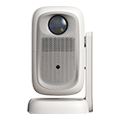




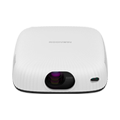
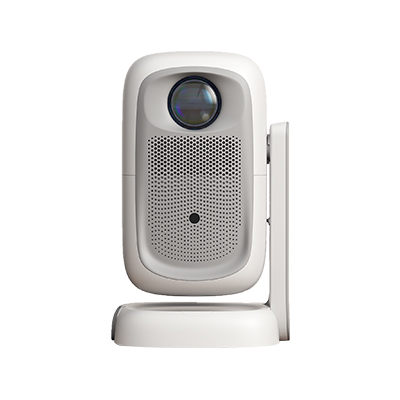

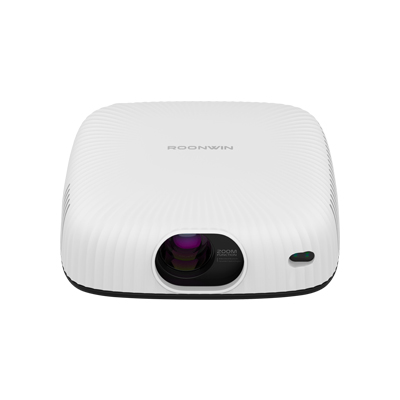









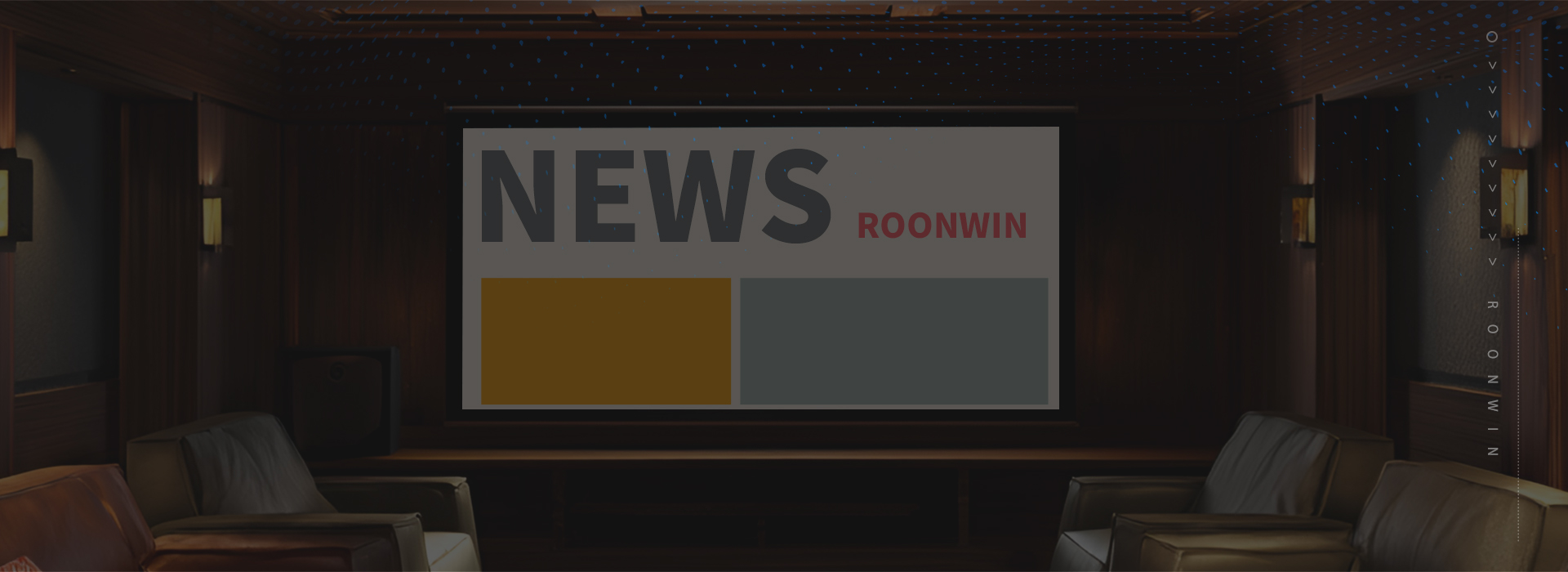

 Reviewed:
Reviewed:











